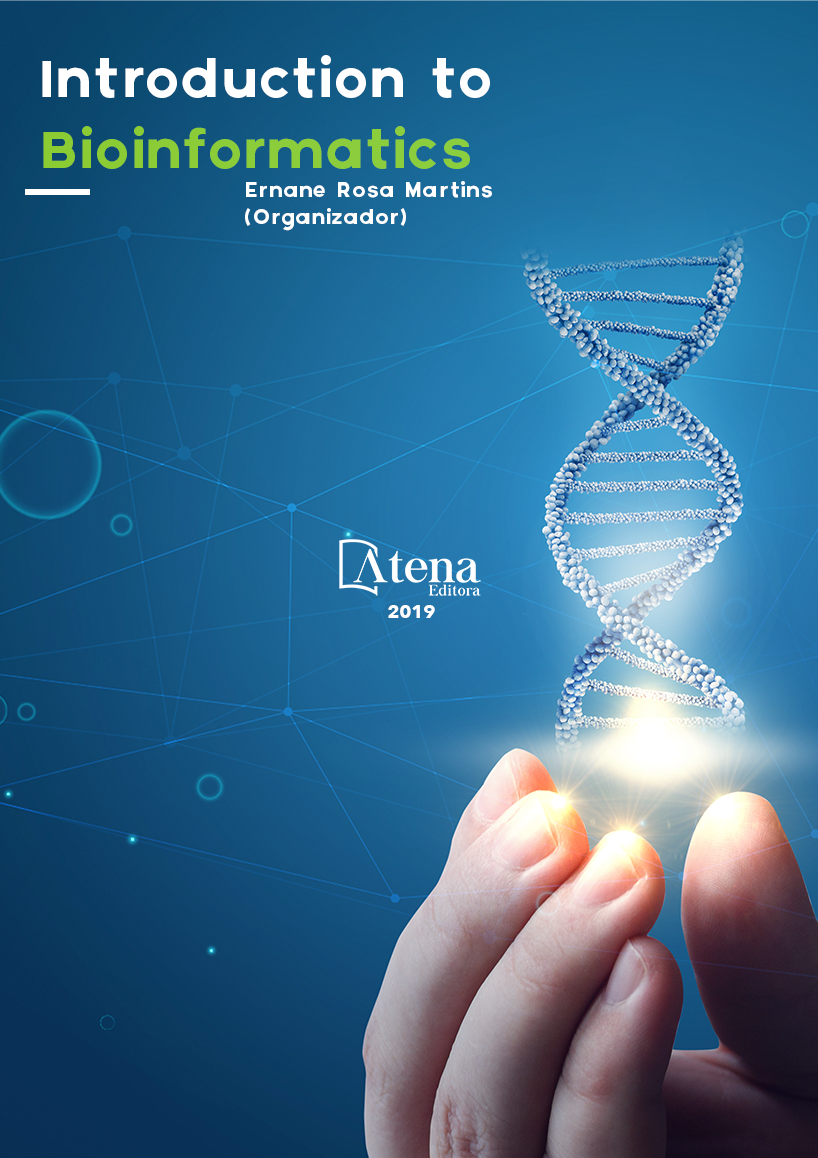
IN-SILICO DETOXIFICATION EVIDENCE OF THE HERBICIDE BISPYRIBAC SODIUM BY A TEORETHICAL MODEL OF GLUTATHIONE S-TRANSFERASE TAU 5 FROM Oryza sativa L.
atena
IN-SILICO DETOXIFICATION EVIDENCE OF THE HERBICIDE BISPYRIBAC SODIUM BY A TEORETHICAL MODEL OF GLUTATHIONE S-TRANSFERASE TAU 5 FROM Oryza sativa L.
-
DOI: 10.22533/at.ed.1381912027
-
Palavras-chave: atena
-
Keywords: Molecular Modeling, Docking, OsGST, Herbicide.
-
Abstract:
Rice (Oryza sativa L.) is one
of the most important crops in the world, and
it has being the primary source of nutritional
layout in developing countries in Asian. Despite
this remarkable importance, there are few
studies about the development of techniques
that minimizes the potential problems inherent
of this grain cultivation, such as competition
with weeds, making necessary the use of
herbicides. The glutathione S-transferases
(GSTs) superfamily confers to rice protection
against biotic and abiotic stress, and herbicide
resistance. However, the three-dimensional
structure of a GST Tau class, is unsolved.
The objectives of this work were to develop a
reliable comparative model for the s-transferase
glutathione class Tau 5 from rice, and simulate
docking interactions, against herbicides
bentazon and metsulfuron. Results showed
that the predicted model is reliable and has
structural quality. Ramachandran plot set 95,4%
of the residues in the most favored regions. All
complexes showed negative binding energies
values; and bispyribac sodium docked to the
glutathione tripeptide, and it represents an insilico
evidence of glutathione conjugation with
this herbicide.
-
Número de páginas: 15
- Ravenna Lins Rodrigues
- Felipe de Oliveira França
- Rafael Trindade Maia
- Vinícius Costa Amador


